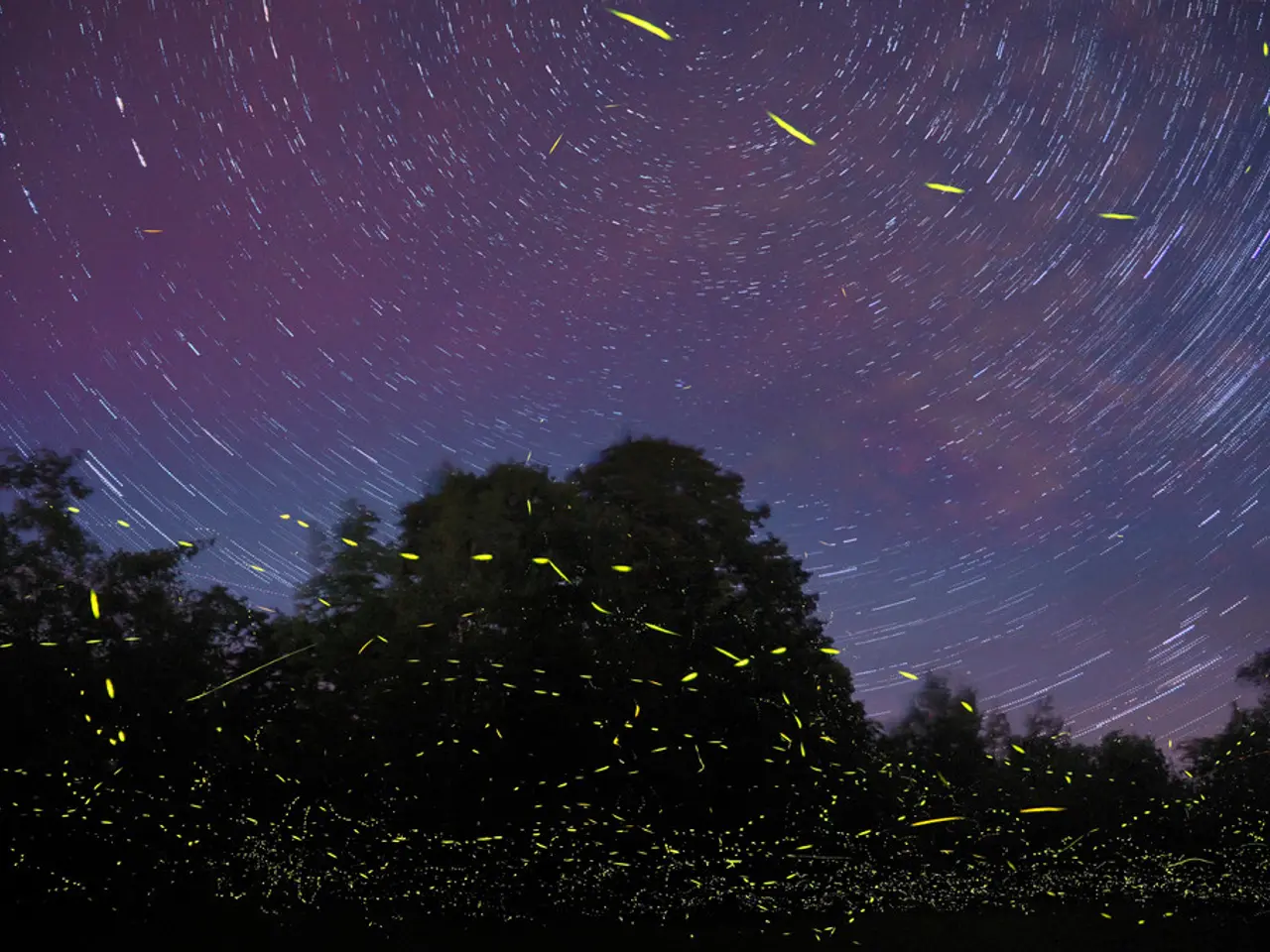Exploring Old-Growth Oak Forests in Ohio: A Journey down Memory Lane
In the heart of Northeast Ohio, the College of Wooster Tree Ring Lab has delved into a captivating study that analyzes a network of tree-ring sites within the region. The research, published in 2016 in the journal Climatic Change, offers valuable insights into how trees respond to climate change and the role of site characteristics and forest age in these responses.
The study involved coring second-growth white oaks in Wooster Memorial Park, as well as young, old, and post-settlement white oaks from various locations such as the College of Wooster campus, Secrest Arboretum, and several parks and private lands.
One of the key findings of the study is that all sites are strongly, negatively correlated with summer (June-July) maximum monthly temperatures. Conversely, the one-hundred-year-old white oak stand in Secrest Arboretum and two second-growth stands have consistently responded positively to summer precipitation over the past century.
However, the four old growth sites have lost their moisture sensitivity since about the mid 1970s. This "fading drought signal" is more a result of the legacy of land use at the individual sites rather than tree age.
These findings highlight the importance of considering site characteristics and forest age when examining varying climate responses. By analyzing tree rings across multiple sites and ages, researchers can integrate climate signals to understand broader patterns of climate change.
The data from the sites in Northeast Ohio are available in the International Tree-Ring Databank maintained by NOAA and have been incorporated into the North American Drought Atlas.
The study's findings and data are contributing to the larger climate science community, with the work being funded by The College of Wooster and NSF Geopaths and NSF - EAR 2039939 grants.
As the Midwest prepares for future warming, these findings can help future assessments of tree health and the forest's ability to sequester carbon. With projected increases in spring precipitation, decreases in late summer precipitation, and increases in maximum summer temperatures, understanding how trees respond to these changes is crucial for predicting the future of our forests.
For more information on the study and its findings, visit the Wooster Geologists blog. The paper on oaks in Ohio can be found on the Wooster Geologists blog, providing a comprehensive look into the fascinating world of dendrochronology and its applications in understanding climate change.
- The science of dendrochronology, as studied at The College of Wooster's Tree Ring Lab, sheds light on health-and-wellness and environmental-science issues, such as climate change and the impact on tree populations.
- The findings from Northeast Ohio's tree-ring sites, published in Climatic Change, reveal that trees respond differently to summer temperature and precipitation, with some sitesmore sensitive to precipitation than others.
- Researchers studying tree rings in this region have found that site characteristics, rather than tree age, play a significant role in how trees respond to climate change and drought conditions.
- With the help of funding from The College of Wooster and NSF Geopaths and NSF - EAR 2039939 grants, the study’s data and findings are advancing the larger climate science community, contributing to a better understanding of the future of forests under changing weather conditions, such as increased warmth, altered precipitation patterns, and reduced summer moisture.
- News outlets covering technology and environmental news can provide further insights into the study's discoveries, showcasing the fascinating world of dendrochronology and its potential future applications in predicting the health and wellness of forests in the midwest and beyond.




